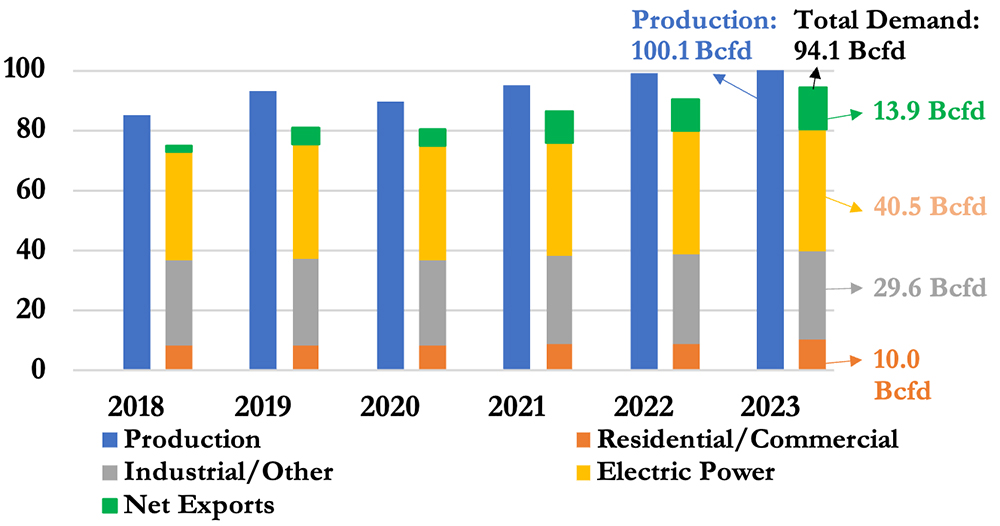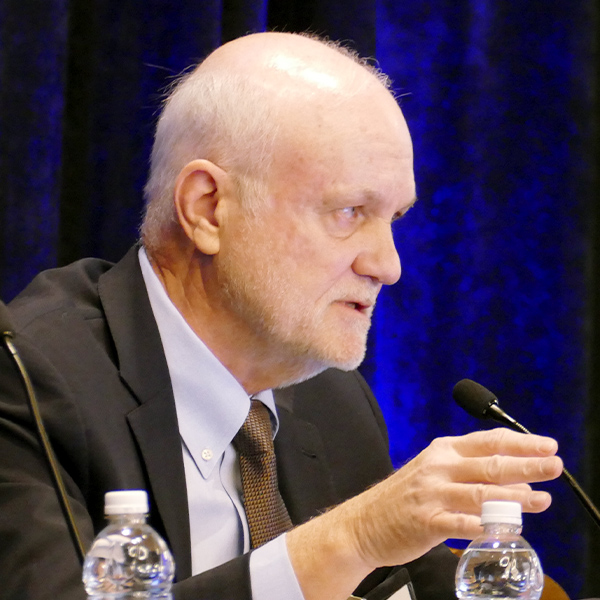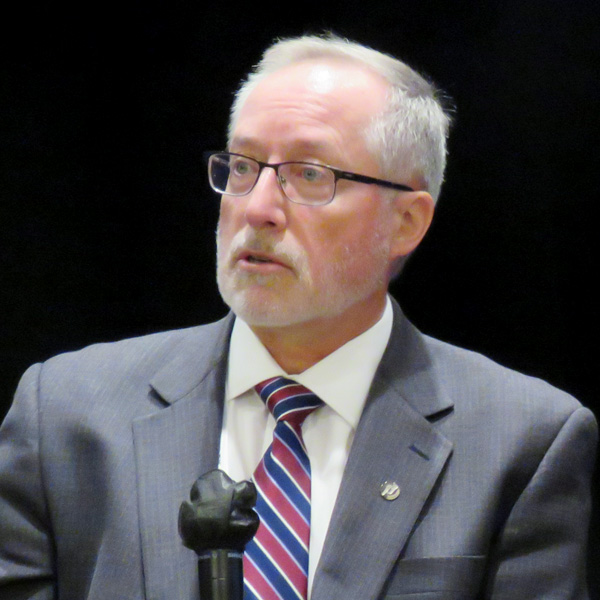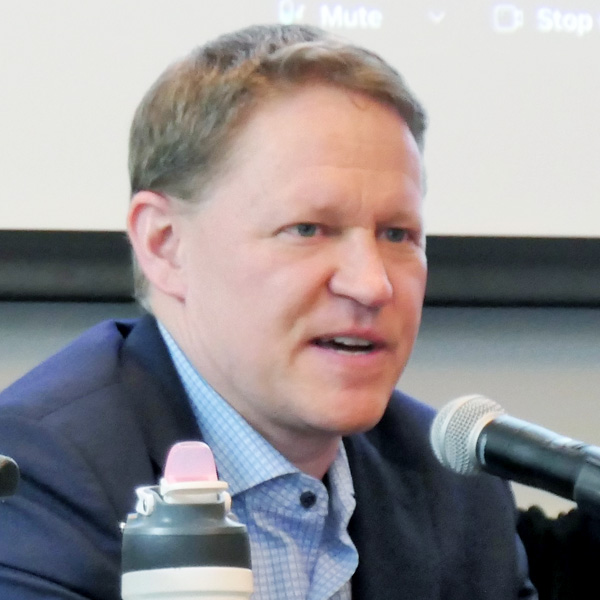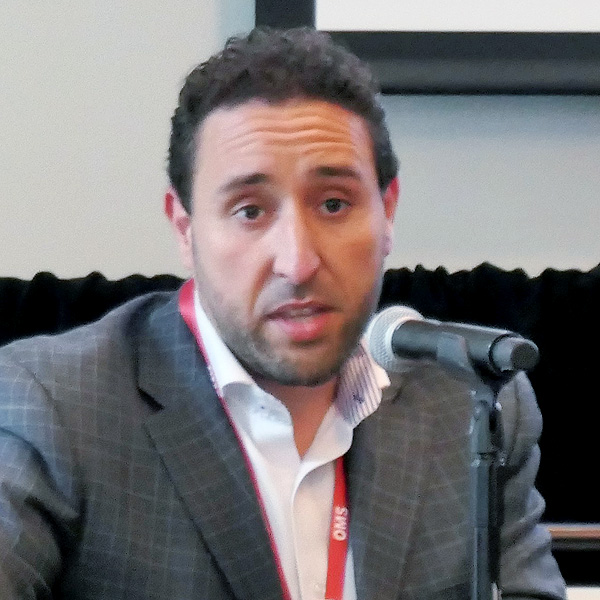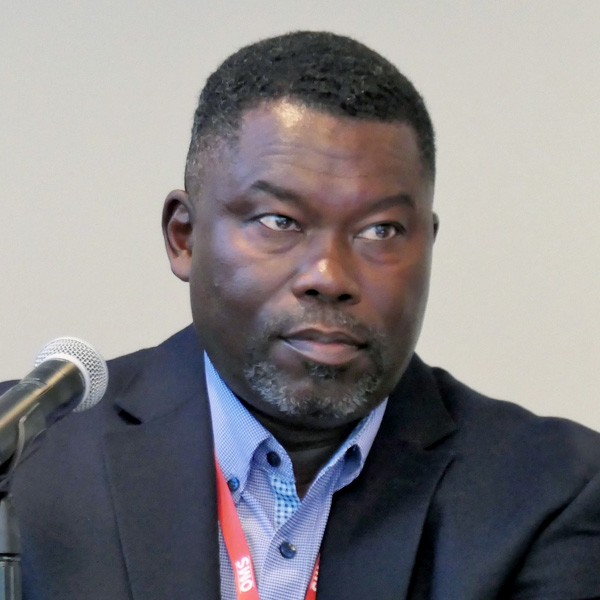FERC’s proposal to implement its new backstop transmission siting authority from the Infrastructure Investment and Jobs Act ran into some opposition from states in comments filed last week (RM22-7).
While they acknowledged that FERC is required to implement the new law, many states complained that its proposal would go too far in allowing for a simultaneous federal siting process while theirs is ongoing — pushing it beyond being a backstop to usurping their siting authorities.
“We’re talking about a process that would require FERC to essentially step in the shoes of the states if they’re unable to agree, or unable to act, within a certain time period,” acting Chair Willie Phillips said after last week’s open meeting. “This process will take time; we will have to have our own environmental reviews; we’ll have to have our own permitting process. And I’m sure, because this is FERC, there will be appeals. I want to be clear: This is not a silver bullet. I do think this is a tool in our toolbelt.”
The commission issued a Notice of Proposed Rulemaking at its meeting in December detailing how it would implement the provision in the IIJA that grants it the authority to overrule states when they deny a certificate for a line that is in a National Interest Electric Transmission Corridor (NIETC). (See FERC Moves to Implement New Backstop Transmission Authority.)
The commission also proposed a new, albeit voluntary, code of conduct for certificate applicants to show that they have made “good-faith dealings” with landowners. It would require three new reports to be filed with any application: an Air Quality and Environmental Noise Resource Report, a Tribal Resources Report and an Environmental Justice Report.
Backstop siting authority goes back to the Energy Policy Act of 2005, but the 4th U.S. Circuit Court of Appeals found in 2009 that FERC could not overrule a state that denied a line under that law. The IIJA provision is intended to fix that.
DOE is also working to implement its side of the IIJA, which involves designating corridors. (See DOE Rolls out New Process for Designating Transmission Corridors.)
When FERC initially proposed how to implement its backstop authority, it had considered allowing applicants to file with it concurrently with the states. It ultimately decided against that in 2006’s Order 689, saying it would try the process of giving states a year on their own to deal with NIETC lines, at least at first. After the 4th Circuit decision, however, none of those proceedings got off the ground.
States Explain Opposition to Prefiling Proposal
“Simultaneous federal and state transmission permitting processes are a poor use of limited public resources,” said the North Carolina Utilities Commission and its Public Staff. “Applications to site transmission facilities in National Interest Electric Transmission Corridors under [Federal Power Act] Section 216 are likely to explode in number in light of changes to the statute and regulatory implementation. Strategic deployment of the time and money of transmission owners, federal regulators, state regulators, local government, community members and ratepayers is critical.”
The new NIETC designation proposal being considered by DOE has the potential to lead to a massive influx of such cases at FERC and will be much larger than anything it has dealt with before, as the first round never even saw a completed application filed, they added.
Many states argued that they would not deny a transmission line a certificate unless that action was warranted.
The Public Utility Commission of Texas said it has a legal requirement to rule on all proposed transmission within a year, and legislation is pending that would cut that to 180 days. While most of the PUC’s job involves regulating ERCOT, it oversees transmission siting in parts of the Eastern and Western interconnections.
“Retaining the one-year waiting period before beginning the federal prefiling process is consistent with the commission’s prior recognition of the states’ jurisdiction and the principle of comity,” the PUC said. “Commencement of a federal proceeding before a state’s application process has been afforded a reasonable opportunity to be completed without federal intrusion is inconsistent with FERC precedent on comity.”
The New York Public Service Commission said it has extensive experience in siting transmission in its jurisdiction; FERC should only usurp that authority in very limited circumstances.
“The commission should not allow applicants to file deficient and incomplete siting applications with the state just to start the one-year clock,” the PSC said. “The imposition of an arbitrary one-year time frame would allow applicants to ‘game the system’ and avoid state review altogether, in an effort to obtain more favorable review from the FERC.”
To the extent FERC does move forward with the proposal, its one-year “pre-filing process” should only start once a state deems an application filed with it complete in order to minimize the chance for gaming the system, the PSC said. FERC should also have to review what was filed with the state so it can ensure applicants are not submitting different applications, it said.
“The PSC believes this proposed rule is based on the false presumption that a state is acting inappropriately, where it should be starting from the presumption that a state is acting in the best interest of its citizens,” it said. “Decisions made by the PSC are challenged on the basis that they are arbitrary and capricious. Due to this high burden, siting decisions are reached in a logical and reasonable manner and should therefore be entitled to deference.”
Support for the Parallel Processes
The New Jersey Board of Public Utilities supported the prefiling process, saying it would streamline transmission siting, but it echoed some of the same concerns as its neighbor. It said FERC should ensure the process does not start until states get a full application and avoid overruling states when they make a denial in good faith and based on the evidence.
“There should be a well-defined process for how the commission will consider a state commission’s reasoning and determination in its decision-making,” the BPU said. “While transmission siting authority varies among state jurisdictions, and New Jersey does not have full oversight of permitting and siting transmission, the board maintains that state regulators have unique insight into the myriad local concerns associated with the site permitting process.”
The California Public Utilities Commission also supported the NOPR, but it argued FERC needs to pay attention to delays from other federal agencies in the West and not run the “one-year” clock when applications are delayed by them.
“FERC should not initiate its backstop siting authority when state permitting processes are delayed by coordination with federal lead agencies. Coordinating concurrent environmental review in compliance with both [the California Environmental Quality Act] and [the National Environmental Policy Act] with federal agencies after an application has been received generally requires increased review times to design and complete studies to the satisfaction of both the CPUC and the applicable federal agencies.”
Industry was much more supportive of the proposal to have concurrent prefiling processes because it would help get the ball rolling on much needed transmission infrastructure that much quicker.
“Electricity is an essential service, and nearly all aspects of modern life depend on a robust and reliable power grid,” said Americans for a Clean Energy Grid. “But the existing U.S. grid is insufficient to meet current needs. Generation shortfalls resulting from severe weather and other threats are occurring with greater intensity and frequency, and these events tend to be at their most extreme in areas lacking fully interconnected power systems.”
In the last decade, new regional lines built were down 50% and no new interregional lines have been proposed. Even when they do move forward, it can take five to 10 years to build them, and in some cases, it has taken major projects 15 years to even start construction, ACEG said.
No silver bullet is going to fix those issues, but FERC’s proposal can help when transmission development runs into an impasse before a state commission, such as when those regulators cannot approve a line under their authority or are not authorized to consider interstate benefits, ACEG said. “It is important that the commission make clear that its siting regulations apply in certain instances where there has been no state denial or failure to act.”
The Edison Electric Institute and transmission trade association WIRES said FERC was right to highlight the need for efficient and timely processing of projects under its backstop authority.
“However, in setting parameters around the timing of the prefiling process, the commission should be careful not to undermine state regulatory processes that are designed to enable the permitting and siting of transmission projects,” the groups said. “State regulators are important stakeholders in the transition to a clean energy future, and the commission’s backstop authority should not unduly impinge on their ability to provide input on the siting of transmission projects.”
FERC should also ensure that none of the lines up for its backstop authority are duplicative of other proposed transmission projects, they said. It could do that by consulting with relevant planning entities to ensure the project before it will boost reliability.
Earthjustice, the National Wildlife Federation, the Natural Resources Defense Council, the Sustainable FERC Project and the Union of Concerned Scientists also supported concurrent prefiling processes.
“FERC may not issue a permit within one year after DOE establishes a National Corridor and an applicant seeks a permit for a specific transmission project,” the groups said. “But nothing in that language restricts FERC’s ability to prepare for the possibility that it might issue a permit or to engage in a prefiling process to establish an appropriate factual foundation for permit issuance.”
Both the FPA and IIJA include language that encourages timely prefiling procedures, which increases efficiency, they said. The environmentalists also argued that the 90-day comment period carved out for states in FERC’s process is enough to ensure that their views are heard.
“Per the statutory language, the states’ primacy in the permitting process should be respected for the full year that state processes are given to operate,” the environmentalists said. “And nothing about this proposal changes the hard-and-fast rule that no federal permit may be issued for at least a year after an application is filed. But a state’s first cut at the permitting process need not act as a muzzle on any federal action for the entire time period.”
Process Must Respect Landowners and Other Impacted Citizens
But the environmental groups’ filing mostly focused on what will be a new issue under the FPA: dealing with landowners and others impacted by federally sited transmission lines that are granted eminent domain.
“Meaningful community engagement is a central focus of our comments,” they said. “These comments are grounded in the idea that getting transmission permitting right the first time through correctly implementing the various laws and policies that apply to infrastructure permitting, and through early and consistent engagement with communities that allows them to provide meaningful input, will ultimately result in a win-win-win. Developers will face less legal risk and more certainty; communities will have fair opportunities to participate and have their concerns heard and weighed in decision-making; and transmission needed to usher in the clean energy transition can be built without compromising environmental values.”
The good-faith requirements in the rule are only for landowners who might be impacted by eminent domain, but the environmentalists said that should be extended to other stakeholders who will be impacted by new transmission.
“Transmission projects are large projects with a substantial impact on surrounding landscapes and communities,” the groups said. “Electric transmission projects’ visual impacts are usually expected to extend 5 to 10 miles from the project.”
The Niskanen Center said that despite the high stakes, landowners in Natural Gas Act siting cases often face obstacles from FERC with little guidance or legal assistance.
It agreed that FERC needed to ensure that any backstop siting proceedings involve outreach to more impacted citizens than currently contemplated. The center argued that any customers within a quarter of a mile of a right of way, or residents within 3,000 feet of a construction work area, be contacted.
FERC also needs to ensure that any code of conduct also apply to “land agents,” who are third parties often hired by infrastructure developers to get landowners to sign easements. FERC’s Office of Enforcement is familiar with their more notorious conduct, Niskanen said.
“Land agents acting for pipeline companies are known for their intimidation tactics to push landowners into signing easements, especially against the elderly,” it added. “Unless proper measures are formally put into place, it will be no different with the siting and permitting of transmission lines under the backstop authority.”
Niskanen said that FERC should treat any Native American tribes impacted by transmission development differently from other stakeholders as they have more in common with governmental entities such as states and municipalities.
Some tribes did intervene in the proceeding, including the Yurok Tribe, whose reservation is along the banks of the Klamath River in Northern California, which is also home to some FERC-regulated dams.
“For any transmission buildout affecting tribal resources — whether for connection of land or offshore resources, and whether on tribal land or not — FERC must consider the full range of effects and mitigation measures for tribal impacts,” the tribe said. “To be consistent with U.S. and international policy, FERC must not permit projects without free, prior and informed consent through consultation with affected tribes.”
Transmission lines that cross tribal territory should at least offer some local benefits, with the Yuroks’ filing noting that “hundreds of homes” on the reservation still lack access to reliable sources of electricity.
Is FERC Overstepping its Authority?
While agreeing that it is important that FERC reach out to all those impacted by its transmission siting decisions, a few commenters questioned whether the commission had the authority to require additional reports on environmental justice and other issues.
The U.S. Chamber of Commerce argued those reports go beyond the statute’s requirements and thus could invite litigation that will only further delay new transmission lines. The chamber argued that transmission is not a real source of pollution in and of itself, with it only impacting emissions upstream; often it will be connecting emissions-free generation to consumers.
“The commission does not regulate electric generation planning, construction or such facilities’ associated emissions, with the latter reserved for the Environmental Protection Agency,” the chamber said. “Thus, the commission cannot use its limited authorities under FPA Section 216 to determine from what types of facilities such transmitted electrons should originate.”
The Electricity Consumers Resource Council agreed that some of the FERC language around extra reports goes beyond its authority and invites litigation.
“Properly addressing environmental justice concerns is important to achieving a level of equity in burden and benefit,” the group said. “However, adding this to legal scrutiny in this manner under the context of statutory authority could risk both the effectiveness of the order as well as the opportunity to address environmental justice concerns in the future.”
